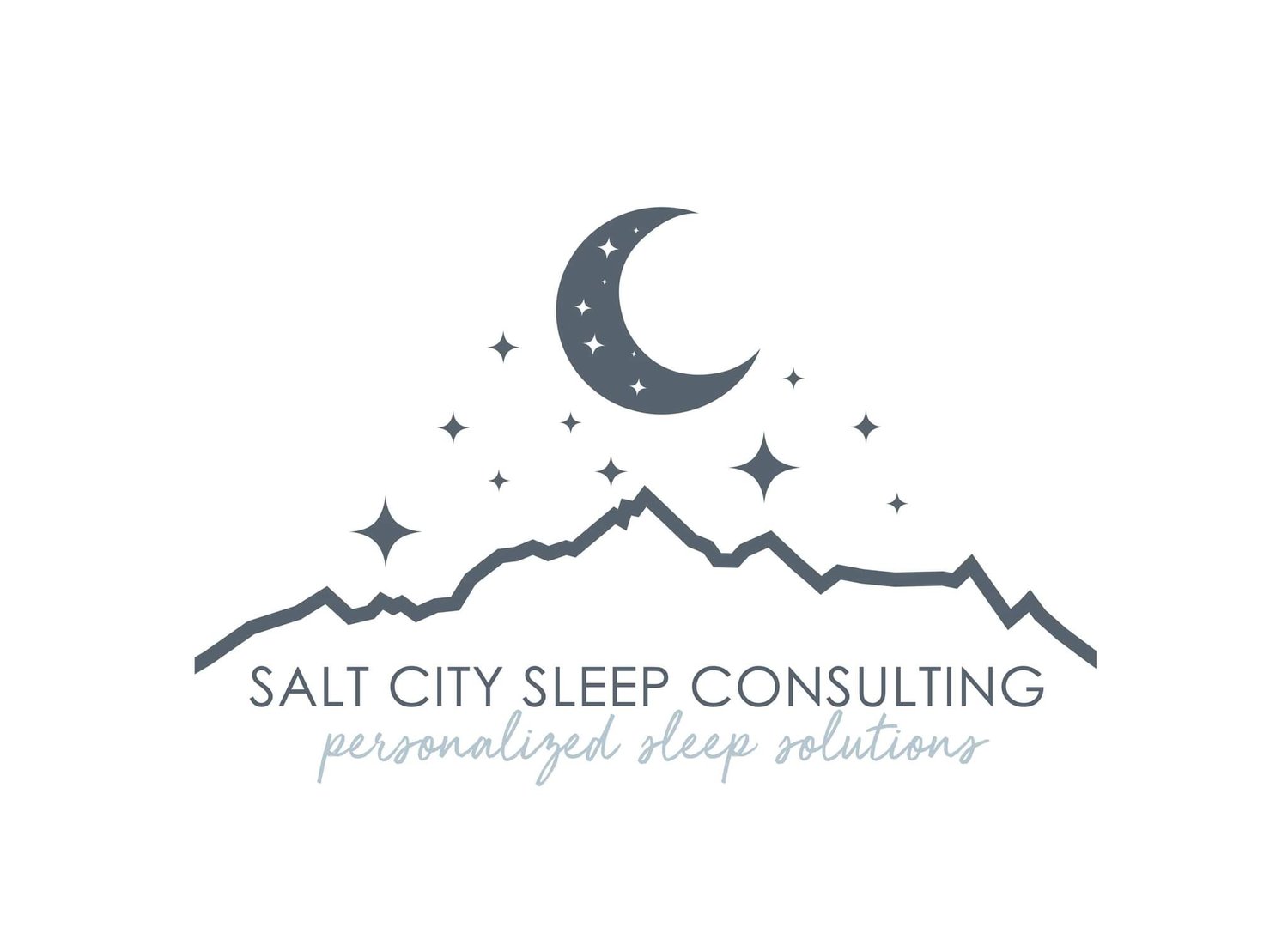Introduction to PMADs
Welcome to the first post of our blog series on Perinatal Mood and Anxiety Disorders, or PMADs.
I had a continuing education course recently on this topic, and I thought it was such an important one that I wanted to share what I learned here, where it could live permanently and be referenced. Right now I’m thinking this will be a 3 part series, but I want the information to be short and easily digestible in one sitting, so I may have to stretch beyond 3. We’ll see. For now, an introduction on PMADs.
What does it even stand for? PMADs is Perinatal Mood and Anxiety Disorders. There is a push to get away from the term “postpartum depression” to the acronym PMADs. Why? Because this includes Perinatal Depression, Anxiety, OCD, PTSD, and Psychosis.
This group of illnesses impacts at least 1 in 5 women during pregnancy and the postpartum period. The presenter of my class, Elizabeth Baron, is of the opinion that it is even higher, more like 1 in 3. Elizabeth also shared that during the pandemic- and maybe since then- that number is more like 1 in 2 women struggling with a mood disorder, either in pregnancy or postpartum.
Here’s another hard fact: 80% of cases go undiagnosed or untreated.
So why do I share this? On our call, one mom, and fellow sleep consultant, mentioned that she had never even heard the term “postpartum anxiety” until recently. We hear a lot about “postpartum depression”. If we feel like that term doesn’t quite fit, but we don’t feel right, we are just left on our own to figure it out.
I really just wanted to spread the knowledge of the subject and let you know- if you are struggling with one of these mood disorders: you. are. not. alone. So many women are struggling as well. The pandemic made isolation, lack of support, and high stress and anxiety the perfect storm for these disorders to affect most women.
The good news- even if you are struggling with one of these mood disorders, we can help sleep get better. Also good news- better sleep is likely to help you.
In the next post we will go more into what each mood disorder looks like, so come back to see that post.
If you are ready to get better sleep and need some extra help and guidance, head over to my “work with me” page to book a time to talk with me!
